Everything you need to know about RO water, Shrimp Minerals and TDS
Wondered why everyone talks about RO water, but you have no idea what shrimp minerals are but breeders say it’s the best thing since sliced bread? TDS, RO/DI, KH, GH, ph? What’s going on!
If you are confused by any of it or just want to learn more, then you have come to the right place! The below will help you understand what RO Water is, how shrimp keepers prepare and use it, and some other misconceptions about TDS!

Some terms to refresh your memory
- RO: Reverse Osmosis
- RO/DI: Reverse Osmosis Deionization
- TDS: Total Dissolved Solids
- GH: General hardness
- KH: Carbonate hardness
- Remineralization / Remineralize: The process of adding minerals and salts to the water
- Berried: Term used for a shrimp carrying eggs
- WC: Water Change
- FAQ: Frequently Asked Questions
Why do we use RO Water?
Shrimp keepers prefer to use RO water as it provides a pure “base” to work from, which then allows them to mix the perfect parameters/water for their shrimp.
When using water out of a tap, you have no idea what the water consists of. It might have a TDS of 80, but what makes up the 80 TDS? Ammonia, GH/KH. Copper, Chlorine? All of these are things that can affect our shrimp. It is for that reason why RO water is used as it is pure, with nothing in, giving us the chance to add what we want to it.
Should I use RO water?
Neocaridina Shrimp: They are hardy enough to survive in most tap water and don’t require RO water + Minerals. When using RO+Minerals with neocaridina they normally thrive in the tank and you would see increased breeding.
Caridina Shrimp: They are much more sensitive and it’s highly encouraged to use RO Water + Minerals for them.
Sulawesi Shrimp: Shrimp Minerals and RO water is required.
What is RO or RO/DI Water?
The short version: RO Water is nearly pure water, RO/DI water is even better.
The longer version:
Reverse Osmosis Water is water that has undergone treatment to remove salts, minerals and other contaminants leaving you with nearly pure water with 99% of the contaminants in the water removed. Reverse Osmosis/ Deionized water (RO/DI) is water that underwent an extra step to exchange positive hydrogen and negative hydroxyl molecules for the positive and negative contaminant molecules in the water to reduce the contaminants even further.
Pure water has a neutral pH of 7, and RO water also should be close to 7 pH. However, due to the RO water being exposed to air, the pH will drop to a more acidic pH range of 5-5.5. This is because RO water will take in CO2 from the air and it will cause the water to lower the pH making it more acidic. This is why some shrimp keepers recommend airing out RO water with an airstone when mixing.
RO or RO/DI water is made with a RO unit. There are plenty of different options available in the market but the most common ones you will see is a 3 stage or a 5 stage unit. The DI unit is normally an extra attachment and is added as the last stage to the unit to reduce TDS to close to 0 as possible. For water to be considered RO water, it has to pass through a RO membrane.
RO Units will take water and filter it to the best of its ability. The dirtier and more contaminated the water is (higher TDS) the harder the unit will work and deplete its ability to filter faster. The goal is always to get the lowest TDS possible from the RO unit, and giving it lower TDS water drastically helps its efficiency in reducing TDS.
Below is the standard configuration of a 5 stage unit. For shrimp use, it’s essential to remove the “Taste Filter” after the RO membrane as this will put minerals back into the water. On a 3 stage unit, you normally only see the Sediment Filter, Carbon Pre-filter and then the RO Membrane.
- Stage 1: Sediment pre-filter
- Stage 2: Activated Carbon pre-filter
- Stage 3: Carbon block pre-filter
- Stage 4: Reverse Osmosis Membrane
- Stage 5: Taste Filter
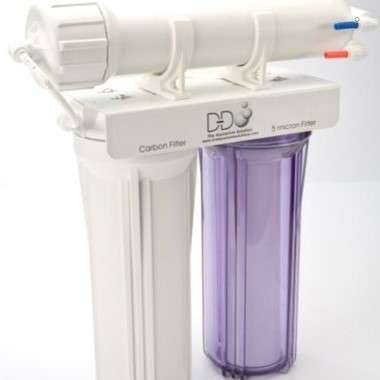


Understanding TDS
The short version: Only use TDS when mixing new water. Don’t confuse tank TDS with water parameters. Everything affects TDS.
The Longer version:
“Total dissolved solids (TDS) is a measure of the dissolved combined content of all inorganic and organic substances present in a liquid in molecular, ionized, or micro-granular (colloidal sol) suspended form. TDS concentrations are often reported in parts per million (ppm)” – Wikipedia
TDS basically means everything in the water, from shrimp poop to minerals. Due to that, it has caused much death and dismay to a lot of shrimp keepers trying to achieve the “Perfect TDS” in a tank.
TDS should only ever be used as a measurement of remineralization of RO water. Measuring your tank TDS will not be an accurate indication of your parameters. Everything you add to your tank will affect TDS.

The next section will cover how TDS relates to minerals in your water, however, I do want to touch a bit on measuring a tank’s TDS. When you are measuring TDS in a shrimp tank it measures everything in the tank. You could have a tank with a TDS of 655 or 1050 but still have perfect parameters for shrimp. People often measure their tanks and see that they have a high TDS and start to panic thinking their tank might not be perfect, and then start doing big water changes to get their TDS lower, only ending up causing harm to livestock, when the water was perfect.
TDS can however help assist in identifying problems. If you measure a tanks TDS and see it is 800 for example where it normally would be 200, it helps identify that something has changed in the parameters and that something could be negatively affecting the tank. You won’t know what until you do more tests, but you have at least identified that something is affecting the water.
The recommended way of using TDS is to measure the water going into a tank. If you always add water of a TDS of 125 which you have measured and confirmed to have a correct GH/KH value, then your tank will have similar parameters if you keep a correct water change schedule.
As a practical example, I have 15 caridina tanks that all use water from the same container/source. Every week they get a 10% water change. All their parameters are the same, yet each tank has a different TDS ranging from 120-250. The answer to this is the other factors going on in the tank. The one tank might get triple the amount of food each day due to a lot of shrimp. This will cause the shrimp to produce waste and subsequently affects the TDS. Another tank might have much more plants or moss and absorb minerals/nitrates from the water needed for growth lowering the TDS over time.
How to mix RO Water
Items you need to correctly mix your RO water for shrimp or fish keeping:
- TDS Pen
- GH and KH Liquid Test kit
- Shrimp Minerals (Refer to list here)
- Pen and Paper.
- Mixing spoon /Airstone (Optional but it helps speed things up)
First a warning: Never add shrimp minerals directly to a tank. Always mix it in a separate container before adding it to a tank! You will not be able to measure your parameters accurately in a tank.
Step 1: RO Water
Get your RO water in a container of choice. Can be a small bucket, big bucket, 300-litre drum or even a 1000 litre flow bin. Ensure that the container you are using was clean before use and did not have any contaminants in it. The best would be to give it a quick rinse with RO water and then discard the water to ensure it’s cleaned out!
Step 2: Adding your minerals
Start by adding a very small amount of minerals (for example 1 scoop) to your water and ensure it’s mixed in fully (Use your spoon for this). It’s always a good idea to let the water stand for a bit to identify if any minerals have fallen to the bottom and to see if it still requires more mixing.
Step 3: Testing GH/KH/TDS
Once your minerals are 100% dissolved and see nothing left on the bottom grab your KH and GH test kit and test your water. Write down the results of the tests on a piece of paper. Do the same with your TDS meter and record the results alongside your KH and GH measurements.
The reason we want to keep track of the GH/KH/TDS is so that we can find the ratio based on the amount of minerals we added to our water. This will also allow us to figure out what TDS value will correlate to what parameters. This is VERY important as it will allow us in future to only use a TDS pen and not the liquid test kits each time.
Once you have your results for one scoop, continue by adding more minerals and recording the results until you reached your desired levels. You can have a look at this table as a guide as to what to aim for. At the end of your testing you should have something like the below:
*(Please note that the below data is for this example only and should not be used for mixing water)*
| TDS | 35 |
| GH | 2 |
| KH | 0 |
| TDS | 70 |
| GH | 4.5 |
| KH | 0.5 |
| TDS | 105 |
| GH | 5.5 |
| KH | 1.5 |
With the above results, we can now clearly see at what TDS value our GH/KH parameters are and adjust our water accordingly. So in future if we want to mix water to get a 5.5 GH and a 1.5 KH we would just need to add salts to the water until our TDS reaches a value of around 105! In our example, it would be 3 scoops.
A great tip is to write the desired TDS value you want on top of your mineral container to not forget it!
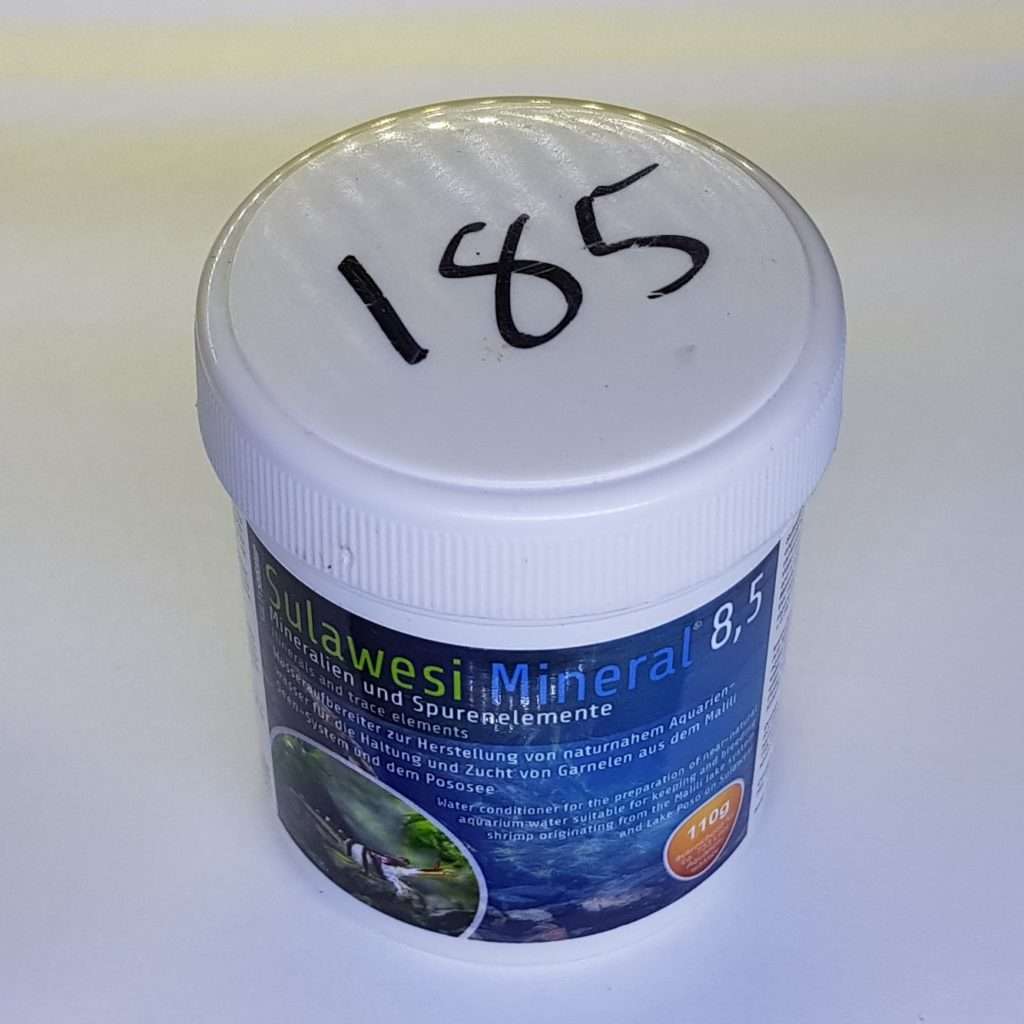
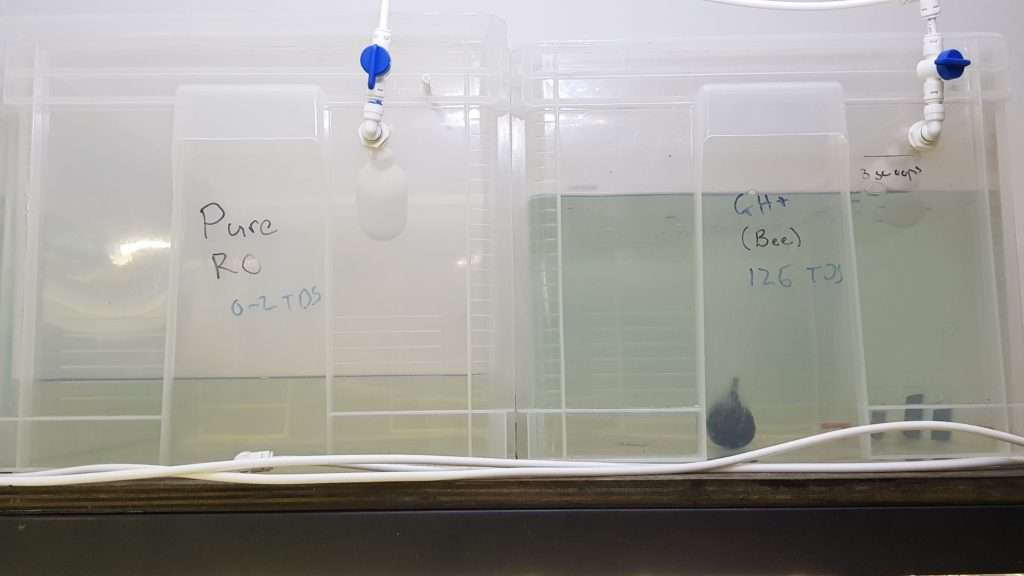
Step 4: Adding water to the tank
Once your water has been mixed to the correct parameters you can slowly add your water to your tank for your water change. It is recommended to let your mixed water sit for a bit, and if possible with an airstone to ensure that all CO2 that may have been trapped in the water has been released. Remember to ensure that your temperature matches your tank before adding the water!
IT IS CRITICAL THAT YOU DO THIS AT LEAST ONCE
If you do not measure your GH/KH like above and record your results, you are blindly mixing your water. Everyone has different water sources and they can have massive differences. For example, Someone in Gauteng might mix his water to 125 TDS and have a perfect 5.5 GH and 1 KH, but then someone in Cape Town mixes his water to 125 TDS and he gets 7 GH and 2.5 KH which is not ideal. It is due to this that you should always figure out what your GH/KH values are for what TDS value for your own water source and minerals!
Liquid Minerals vs Powdered Minerals
Shrimp minerals for remineralization come in two common forms. Liquid and dried powders. Each has its own pros and cons. Below is a quick reference table to compare the two different types.
| Powdered Minerals | Liquid Minerals |
|---|---|
| Less Expensive. | More Expensive. |
| Takes longer to dissolve in water. | Dissolves quickly. |
| More concentrated. | Less concentrated. |
Mineral Products
Below are some of the more known brands of minerals that you can use for the remineralization of RO water. This is by no means a full list, but they are tried and tested.
Minerals for Neocaridina (GH/KH+)
- Salty Shrimp – Shrimp Mineral GH/KH+
- AoA – Mineral Gh/Kh+
- SaltyBee Basic GH/KH+
- SaltyBee Premium GH/KH+
- Shrimp King Shrimp Salt GH+/KH+
Minerals for Caridina (GH+)
- Salty Shrimp – Bee Shrimp Mineral GH+
- AoA – Mineral Gh+
- SaltyBee Basic GH+
- SaltyBee Premium GH+
- Shrimp King Beesalt GH+
- SL-Aqua Blue Wizard (Liquid)
Minerals for Sulawesi
- Salty Shrimp – Sulawesi Mineral 7.5
- Salty Shrimp – Sulawesi Mineral 8.5
- Shrimp King Sulawesi Salt GH+/KH+
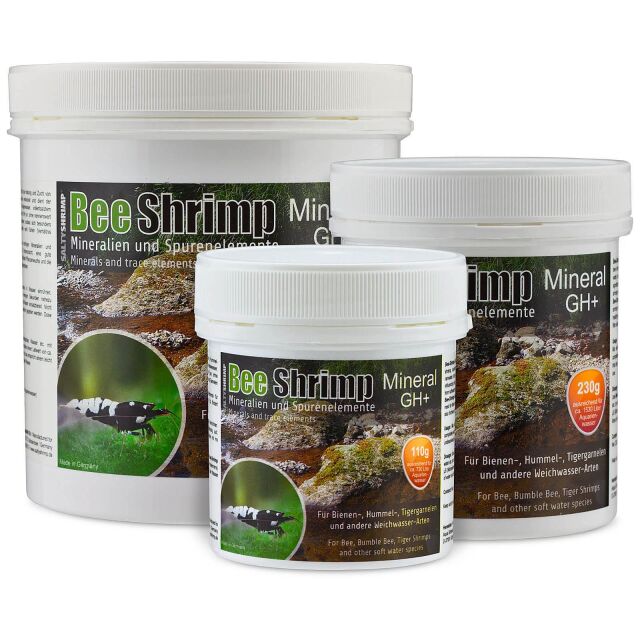
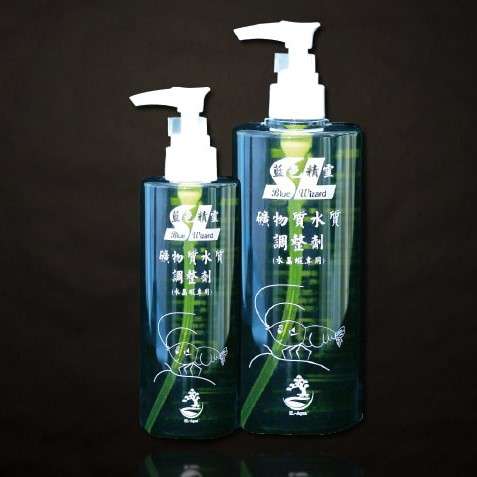
Recommended Parameters For Shrimp
| Neo Caridina | Caridina – Tiger | Caridina – Crystal/Bee | Sulawesi | |
|---|---|---|---|---|
| PH | 6.5 – 7.5 | 6 – 7 | 5.8 – 6.8 | 7.5 – 8.5 |
| GH | 6 – 8 | 4 – 8 | 4 – 6 | 4 – 6 |
| KH | 1 – 4 | 2 – 6 | 0 – 1 | 2- 4 |
| Temp | 21-26 | 21-24 | 20-24 | 27 – 29 |
Shrimp Tank Water Changes
Freshwater shrimp do best when they have a stable environment with clean water. Some shrimp species are much more sensitive than others, and as such require a bit more care when doing water changes to ensure they do not become stressed out.
The biggest mistake new shrimp keepers make is to do too frequent and too big water changes on their shrimp tanks. Shrimp are tiny little creatures and do not have a high bioload compared to bigger fish. They thus also produce less waste that eventually becomes Nitrate(NO3) in the tank. It is therefore recommended to not do big water changes as you would do on a normal fish tank, as it causes stress to shrimp.
The recommended is to do 10% weekly water changes on a shrimp tank, or 20% once every two weeks. Water should be matched with the temperature of the tank and ideally slowly dripped back in, not dumped in all at once.
Bigger water changes than the above can cause the parameters to drastically swing causing shrimp to become stressed and potentially moult, making them vulnerable. If you noticed a lot of berried shrimp (Shrimp carrying eggs) it’s recommended to skip a week of water changes as berried shrimp are normally more sensitive to these changes as well.
Water Top Ups
Short version: Top up with pure RO when not doing WC’s. Float valves are awesome.
Long Version:
Top-ups or topping up refer to the process of adding water back into the aquarium due to evaporation. For some, this is not a massive issue, but for countries that have hotter climates and temperatures, this is a real problem. In South Africa where we normally see temperatures reach well above 30 degrees in summer so it’s important to keep up with the top up’s of your tanks water to ensure that the parameters don’t get affected.
Minerals do not evaporate, only water. In a small ecosystem such as an aquarium, this can cause issues as high amounts of evaporation will then lead to a higher concentration of minerals in the tank, which in most cases is undesirable.
To prevent higher concentrations of minerals in our shrimp tanks we top up the tanks with pure RO water when we are not doing water changes. Since RO water contains no minerals it will dilute the higher concentration of water in the tank returning it to normal before evaporation occurred.
Top-ups are the only time in which you should add pure RO water to a tank.
random fact: ShrimpNation was born on 2019/01/14 14:33:28
Float Valves:
Float valves have really assisted in making shrimp keeping easy. They assist by adding water slowly to a tank as soon as it evaporates, keeping water levels constant, by replacing the lost water with pure RO to ensure there is not a change in the parameters of the tank.
If you have a spot and can add one to your tank it’s highly recommended. They can however be costly sometimes, but it’s well worth the investment.
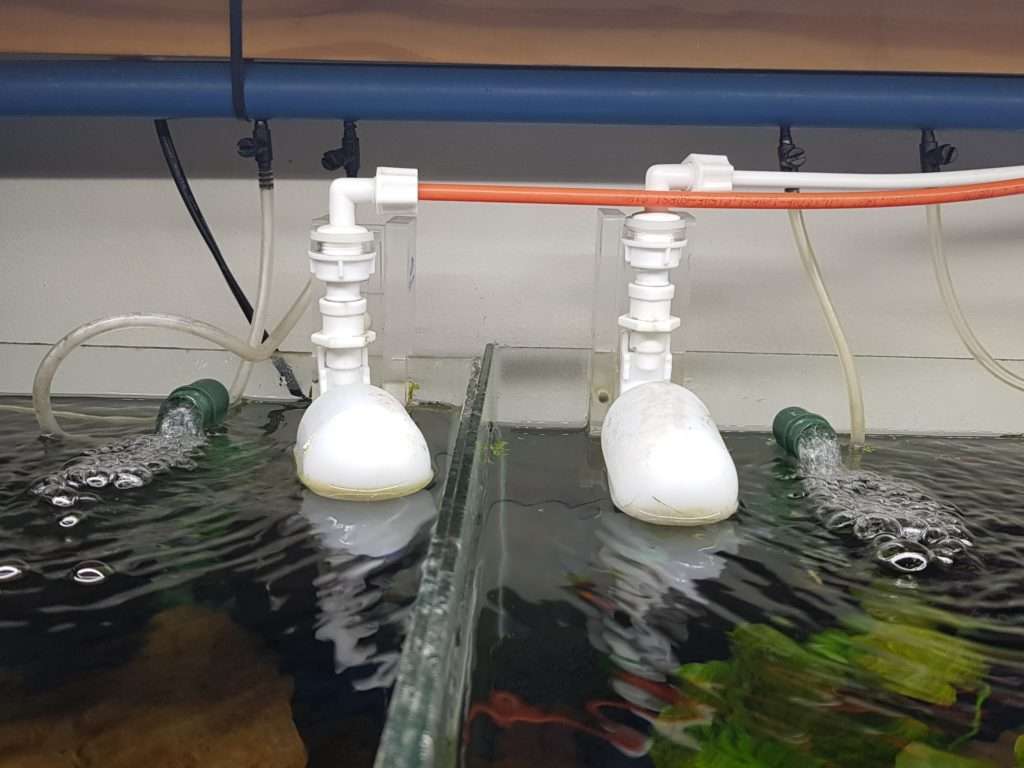
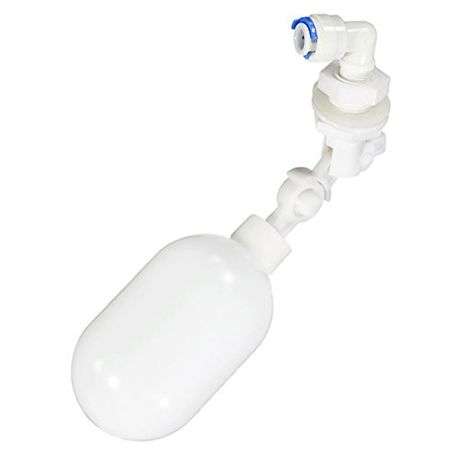
Frequently Asked Questions
Should you drink pure RO water?
Preferably not! Since it contains no minerals it can be harmful to you if consumed regularly. The same applies to shrimp.
Should I do my water changes with pure RO?
No! Water changes should always be done with water that has been undergone remineralization with shrimp salts.
Can I do my top-ups with pure RO?
Yes, top-ups can be done with pure RO water, as long as they are not excessive (10%+ volume) that would cause parameter swings in the tank.
What TDS is considered RO water?
Water that has passed through a RO membrane that has a TDS of lower than 15-10 TDS would be considered RO water.
Are all TDS meters the same?
No, there are many fake and cheap knock off TDS meters that are wildly inaccurate.
HM Digital is a proven brand in the industry known for accurate measurements.
Can I use normal Aquarium salt or Marine salt for shrimp?
No. Shrimp Minerals (or Shrimp Salt) is a specially formulated remineralize to add GH/KH to water, whereby aquarium salt and marine salt increases salinity
Can I use seawater in my shrimp tank?
If you keep Freshwater shrimp: No
What TDS should I keep my shrimp on?
Kindly refer to this section here and then afterwards this section
Got a question? Post it in the comments below!

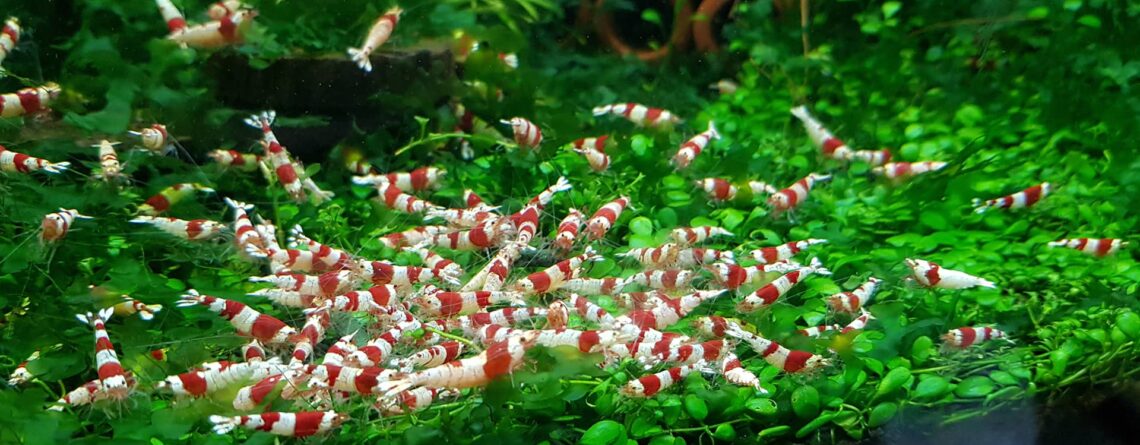
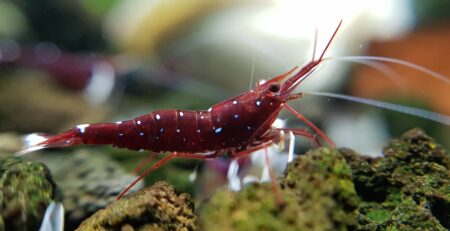
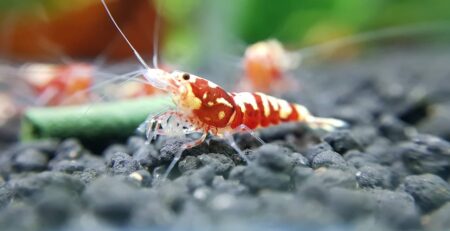
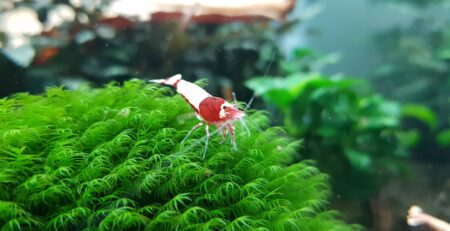
Leave a Reply
You must be logged in to post a comment.